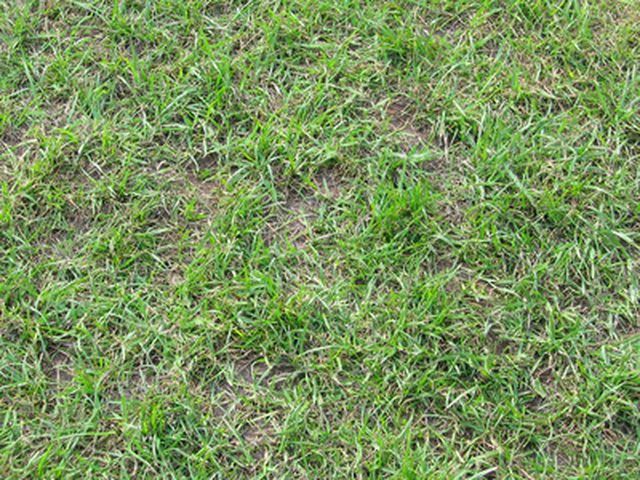Bulbs
Flower Basics
Flower Beds & Specialty Gardens
Flower Garden
Garden Furniture
Garden Gnomes
Garden Seeds
Garden Sheds
Garden Statues
Garden Tools & Supplies
Gardening Basics
Green & Organic
Groundcovers & Vines
Growing Annuals
Growing Basil
Growing Beans
Growing Berries
Growing Blueberries
Growing Cactus
Growing Corn
Growing Cotton
Growing Edibles
Growing Flowers
Growing Garlic
Growing Grapes
Growing Grass
Growing Herbs
Growing Jasmine
Growing Mint
Growing Mushrooms
Orchids
Growing Peanuts
Growing Perennials
Growing Plants
Growing Rosemary
Growing Roses
Growing Strawberries
Growing Sunflowers
Growing Thyme
Growing Tomatoes
Growing Tulips
Growing Vegetables
Herb Basics
Herb Garden
Indoor Growing
Landscaping Basics
Landscaping Patios
Landscaping Plants
Landscaping Shrubs
Landscaping Trees
Landscaping Walks & Pathways
Lawn Basics
Lawn Maintenance
Lawn Mowers
Lawn Ornaments
Lawn Planting
Lawn Tools
Outdoor Growing
Overall Landscape Planning
Pests, Weeds & Problems
Plant Basics
Rock Garden
Rose Garden
Shrubs
Soil
Specialty Gardens
Trees
Vegetable Garden
Yard Maintenance
How to Plant Grass Seed in Utah
How to Plant Grass Seed in Utah. Planting grass from seed is far less expensive than planting sod. In Utah, there are challenges associated with planting from seed related to the arid climate and high summer temperatures. With careful attention to timing and care of the new grass, you should be able to grow a lush green lawn in just a few weeks or...

Planting grass from seed is far less expensive than planting sod. In Utah, there are challenges associated with planting from seed related to the arid climate and high summer temperatures. With careful attention to timing and care of the new grass, you should be able to grow a lush green lawn in just a few weeks or months. Planting from seed doesn't provide the immediate satisfaction of sod, but over the long haul you should be more than satisfied with the results and cost savings.
Things You'll Need
Vegetation poison
Tiller
Landscaping rake
Grass seed
Broadcast spreader
Garden hose and equipment for watering
Plant grass in Utah during the spring or fall. Avoid planting in the middle of the summer.
Remove any weeds or other vegetation from the planting area. Till under the dead plant life to a depth of 3 to 6 inches. Level the area with a large landscaping rake.
Distribute the grass seed evenly over the area with a broadcast spreader.
Gently rake the seeded area with a landscaping rake.
Water the area two to three times daily for three to four weeks, keeping the ground wet. Do not over-water to the point where water is pooling, as this will wash the seed away.
Prevent foot traffic, human or animal, from the seeded area. Avoid mowing the lawn for six to eight weeks. Withhold fertilizer of any kind for three to four months.
Fertilize after three to four months with any nitrogen-rich fertilizer on two- to three-month intervals. Follow the label instructions for applications amounts.
Tips & Warnings
The most common type of grass in Utah is Kentucky Blue Grass. It is resistant to Utah's weather conditions and resilient to foot traffic.